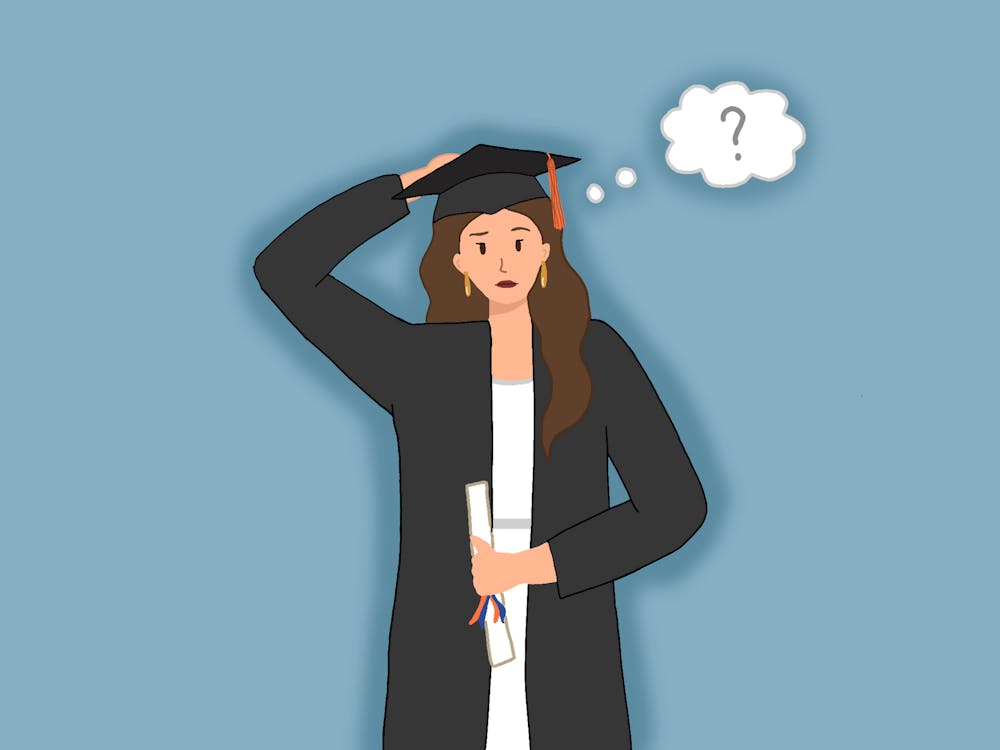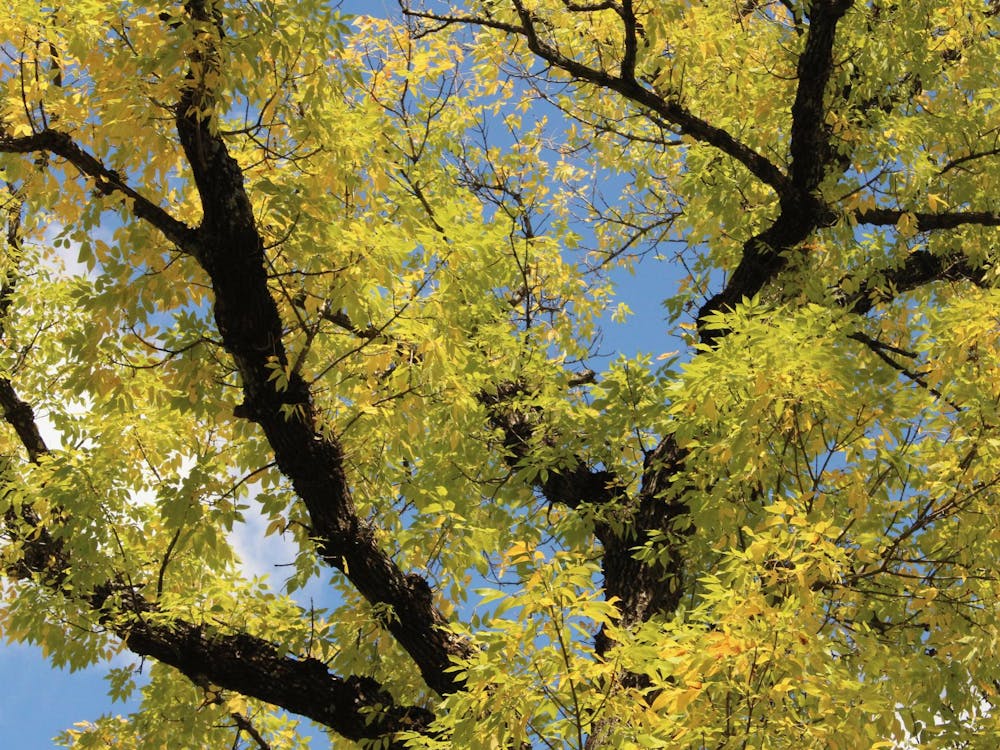THE RUMORS swirled Thursday night. By Friday morning, it was front-page news: The athletic department’s sign ban had been repealed. Even now, nearly a week later, the true story of how students won this battle for student self-governance is little-known. An in-depth review of the timeline shows the power of protest and perseverance, and provides an example for future student action.
Last Wednesday at noon, a group of student leaders walked into the office of University Athletics Director Craig Littlepage. A short time later, they left, confident they had made a strong case, yet disheartened by the result. In an interview, Student Council President Matt Schrimper said the student group was “explicitly told” that the sign ban was strongly supported by both the athletic department and the University. In fact, they were told that the sign policy would most likely stay in place until the end of football season, at which point they would “reassess” the ban.
Although Littlepage seemed content for the meeting to end with the status quo unchanged, the students were anything but satisfied. Through an e-mail exchange and face-to-face discussion, they hammered out an idea for a response. Two hours later, Student Council issued a press release. They announced a protest, supported by Council, the ‘Hoo Crew, and the Student Athlete Advisory Committee. The protest, with the tongue-in-cheek name of the “Sea of Blue,” called for students to wear blue, rather than orange, shirts to Saturday’s game. By the following evening, the ban was lifted.
In this case of student self-governance triumph, a post-mortem is in order. Why were students successful now when so many other student-administrator showdowns have ended in defeat? Given the timeline of events and attitudes, the protest and its specific nature was clearly the proximate cause of the ban’s end. The groundwork, though, had already been laid by the previous protest at the University of Richmond game. In that protest, thousands of students held up blank, white signs to demonstrate unified opposition to the new “no sign” policy. The threat of a second protest was therefore much more effective, as the Athletics Department had reason to believe that participation would be widespread enough to be a major embarrassment.
This embarrassment was heightened by the press coverage of the ban’s initial implementation and follow-up stories following the first protest. ESPN sports columnist Rick Reilly was perhaps the most notable voice speaking out about the ban, but he had plenty of company. Articles ran in national publications from The Washington Post to the Baltimore Sun. It was covered in college newspapers across the country, from Mississippi State’s Reflector to Virginia Tech’s Collegiate Times. Reports also ran in local newspapers and on television across the state of Virginia, from the Richmond Times-Dispatch to Charlottesville’s Daily Progress. The visuals of the first protest were a clear asset, as pictures of hundreds of blank, white signs were included in many of these articles. Using a press release to announce the second protest showed that students were ready to harness the power of the media again.
With the attention of the state and nation, and especially the higher education community, focused on the University’s ban, students had a powerful pulpit from which to speak.
It was not just the pulpit, but the target of the sermon, that brought the athletic department to its knees. By highlighting the chasm between students and administrators, the “Sea of Blue” protest would have raised difficult questions about the nature and legitimacy of professionally marketed, profit-maximizing collegiate athletics. The point of the planned protest, according to Schrimper, was to send a message that, “We’re not going to buy into the entire system that [the athletic department] put in place.”
It also had a more practical effect, in that the television visuals would contradict the “Power of Orange” brand that the athletic department has spent heavily to build through merchandise and television ads. At the same time, the support of student athletes, through the Student Athlete Advisory Committee was crucial. Wearing our school’s other official color showed that students still support our varsity-level peers, while having student athletes’ voices represented showed that they support us as fans.
It was the specific means of the protest, and its broad message, that Schrimper credits with the sign ban’s repeal. When the meeting with Littlepage was over, nobody who was there felt the sign ban was on the way out. Less than a day later, after the protest was announced, the circumstances had changed and Littlepage gave in.
By taking advantage of national attention and refusing to give up, even when told “no” by the highest levels of the administration, students lived up to the ideal of student self-governance. By ending the sign ban, we, the students, won the biggest victory in Virginia sports this year.
Isaac Wood is a Cavalier Daily Viewpoint Writer.






